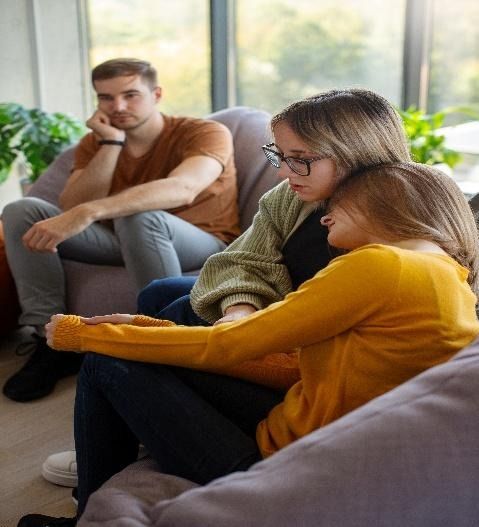Stroke is a common neurological condition that damages brain cells (neurons) in the affected area, leading to a loss of the functions controlled by that region. A hopeful aspect of stroke recovery is that, over time and with rehabilitation, many individuals regain some abilities. This recovery has been linked to a process called “remapping,” where neurons in unaffected areas of the brain adapt to take over the functions of the damaged areas. Although many studies have explored this remapping phenomenon, most evidence has been indirect, based on changes in brain activation patterns or neuron connections after stroke in animal models. Direct proof that neurons change functionality after stroke has been lacking, partly because measuring neuron activity in the brain over time, especially at the necessary scale and duration, is challenging.

With advances in neuroscience and microscopy, we set out to test the remapping hypothesis and obtain direct evidence. We induced precise strokes in the part of a mouse’s brain responsible for processing sensory information from whiskers—the somatosensory whisker barrel cortex. While humans don’t have whiskers, the whisker barrel cortex in mice has key features that make it ideal for studying fundamental neuroscience questions. Mice use their whiskers as a primary sensory tool, and the whisker barrel cortex has a precise anatomy where each whisker’s sensory data is processed in distinct columns (or barrels) in the cortex, arranged just as whiskers are on the snout. This setup allows us to pinpoint brain areas activated by specific whisker stimulation.
Using specialized microscopy to observe hundreds of neurons in real-time, we tested remapping by targeting a stroke to a specific barrel of neurons, the “C1” barrel. Before the stroke, only a few neurons in neighboring barrels responded to the C1 whisker. Based on the remapping theory, we anticipated that after the stroke, these nearby neurons would take on the C1 barrel’s function. Surprisingly, we found the opposite: fewer neurons responded to the C1 whisker, and this low response rate persisted for up to two months. When we stimulated other whiskers, these same neurons responded normally, indicating they weren’t damaged but had lost responsiveness specifically to the C1 whisker.
We then applied a rehabilitation technique known as forced use therapy, trimming all whiskers except the C1 whisker, akin to encouraging stroke patients to use a weaker limb during physical therapy. This approach didn’t increase the number of neurons responding to the C1 whisker, but the few neurons that did respond showed more reliable responses with forced use therapy. Our
findings indicate that remapping doesn’t occur naturally after stroke; instead, rehabilitation may work by enhancing the function of existing neurons rather than promoting remapping.
Our study has some limitations. Humans don’t have whiskers, so our results might not translate directly. Additionally, we focused on the sensory system, and other brain areas, like the motor cortex, might recover differently. However, our work adds to evidence suggesting that adaptive plasticity and remapping in brain areas spared by stroke are limited, not enhanced. While this might seem discouraging, it opens new avenues for brain recovery. We may be able to restore function by targeting spared neurons that are dysfunctional but not irreversibly damaged, creating a critical window for post-stroke interventions like optimized physical therapy.
In future work, instead of assuming spontaneous brain remapping, we aim to investigate the specific circuits and molecular mechanisms that limit adaptive plasticity after brain injury. We’re expanding our whisker barrel cortex model and using genetic tools to examine how different types of neurons are affected by stroke. We are studying interactions between neuron populations to understand how these relationships affect remapping potential. Additionally, by analyzing changes in gene expression within neuron populations, we hope to identify new molecular targets that could lead to therapies promoting plasticity, remapping, and recovery for stroke and other brain injuries.


